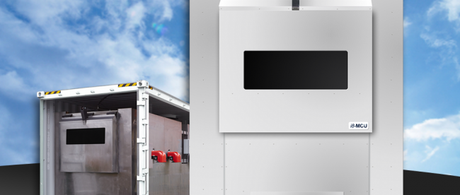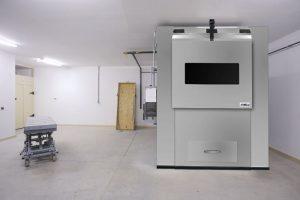
Human cremation is not at the top of most people's conversation starters and unless people have experienced bereavement they probably don't give the process a thought. It is a fact that some councils are running out of space for burials in urban cemeteries so cremation is the most common alternative. Human cremation is a safe and dignified process, carefully completed by expert operatives and the resulting remains can be returned to families who may wish to perform a service of remembrance.


Outside of the funeral industry human incineration can be performed utilising mobile cremation units which are sometimes supplied for use at disaster sites. Designed to burn a human body in 60-90 minutes, their faster cremation cycles and ' Hot Hearth ' design can save fuel where it may be necessary to perform more than one cremation in a day, for example to curtail the spread of disease. The mobile cremation units are self-contained and easy to move and have been designed to work in remote areas where other methods of disposal may not be efficient or practical.
Fully containerised and equipped with a 700L fuel tank, hydraulic door operation, ash collection drawer and liquid retention still, these mobile incinerator units are ideal for disease control, and with a three stage post combustion smoke treatment they offer cremation without any evidence of smoke or odour. In consideration of their deployment in different locations the mobile incinerator units offer a safe and dignified cremation process for victims of disease war or famine, compliant with many faiths and cultural beliefs, and their design means that they are easily removed from a location after use so that communities do not have to live alongside a reminder of the process that has taken place.
The mobile incinerator units weigh approximately 20 tonnes, are HC 20ft container size with a capacity of 70kg and are fabricated using a high quality robust monolith refractory lining suitable for extreme temperatures (1600 degrees Centigrade), and have a durable steel chassis with a fully enclosed and hygienic stainless steel outside layer.

